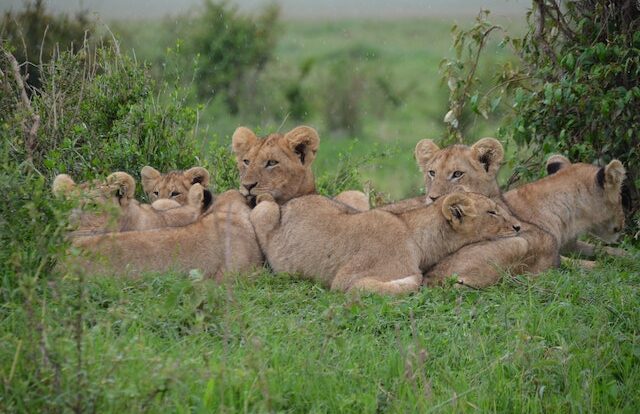The honey bee’s life cycle is an incredible journey. Honey bees are the only insect that produces food for humans and play an important role in pollination. The honey bee is an amazing creature that is responsible for honey production as well as plant pollination. Honey bees have a four-stage life cycle that includes egg, larva, pupa, and adult. The bee changes and develops the skills required for the next stage of life at each stage. The life cycle of honey bees is critical for the survival of honey bee colonies as well as the production of honey.
Various Different Life Cycle of Honey Bees
- Honey bee life cycles are complex and fascinating. Honey bees are social insects that live in colonies composed of a queen, drones, and workers. A honey bee’s life cycle begins when a queen lays an egg in a honeycomb cell.
- In three days, the eggs hatch into larvae, which are then fed a diet of royal jelly, pollen, and honey. The larvae molt and develop into pupae in a matter of days, and the pupae develop into adults in about two weeks.
- The newly emerged adult bee is a worker bee, and its primary responsibility is to look after the hive. Workers construct and maintain the honeycomb, hunt for food, feed the larvae, and protect the hive from predators. Workers become more specialized as they age, such as tending to the queen, cleaning the hive, and producing wax.
- The queen bee is the colony’s reproductive member. She is larger than the other bees and exists solely to lay eggs. The queen can lay up to three million eggs in her lifetime and lays thousands of eggs every day.
- The reproductive members of the colony are male honey bees, also known as drones. They are not involved in hive duties and exist solely to mate with the queen. The queen will mate with several drones each spring, when the colony is strong and the weather is warm, and store their sperm in her spermatheca, a special organ in her body. Throughout the season, the queen will fertilize her eggs with their sperm.
- The colony will begin to prepare for winter when temperatures drop in the late fall. The workers will stop foraging and concentrate on producing honey and bee bread, which will serve as a winter food source for the colony. Drones and old queens are expelled from the hive, and the remaining bees huddle together and vibrate their wings to generate heat.
- The cycle begins again when spring arrives. The queen will lay eggs, while the workers forage for food and construct the hive. This cycle of colony growth and renewal will continue until the colony is extinguished.
Honey bees are incredible creatures, and their life cycle demonstrates their ability to thrive in the face of adversity. Their complex social behavior and ability to collaborate to care for the hive is an example of nature’s power.
Also Read > How to Make Buttermilk With Lemon Juice
Effects of Honey Bees On Humans
Honey bees have a long and positive history of providing honey, beeswax, and other products to humans. They are also important pollinators, keeping many of our food crops fertile. Honey bees are estimated to provide an annual agricultural benefit of $15 billion in the United States alone. Honey bees are also important because they produce honey and beeswax, both of which are used in a variety of products such as cosmetics, candles, and medicines.
Furthermore, honey bees play an important role in helping us understand ecology, biology, and even behavior. They have become the focus of scientific research due to their interaction with humans, assisting in the advancement of our knowledge in a variety of fields. Finally, honey bees are important because they provide a natural, sustainable source of food, which contributes to healthier diets. Honey bees are an important part of our lives because of all of these advantages.
The honey bee life cycle is a fascinating process. The life cycle of honey bees begins with the queen bee laying eggs and ends with worker bees producing honey and wax to store food for the colony. The cycle is intricate and critical to the colony’s survival. The life cycle of honey bees is an important part of the natural world that should be respected and preserved.






